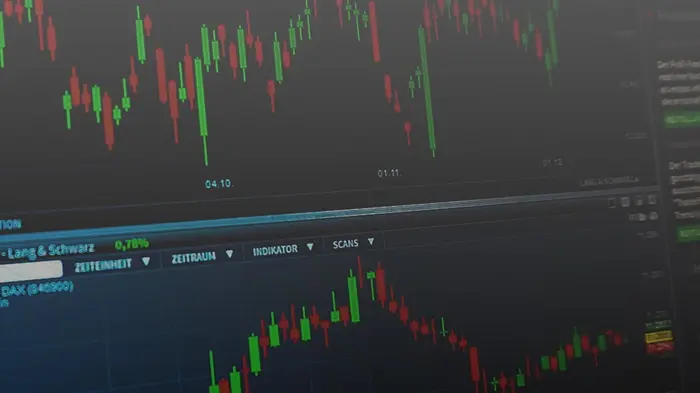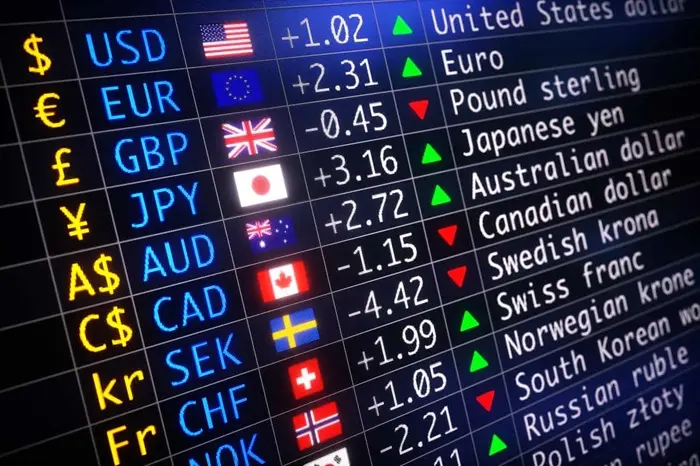In the world of stock trading, timing is crucial. Investors and traders often look for specific moments during the trading day when market activity increases, and price movements become more volatile. One such time is known as the “power hour.” But what exactly is the power hour in stocks, and why is it important?
In this article, we will explore the concept of the power hour in stock trading, how it impacts the market, and why investors and traders pay close attention to this time period. We will also discuss strategies for making the most of the power hour and what factors contribute to the volatility during this time.
What Is the Power Hour in Stocks?
Defining the Power Hour
The power hour in stocks refers to the final hour of trading in the stock market, usually between 3:00 PM and 4:00 PM (Eastern Time) in the United States. During this time, the stock market experiences an increase in trading volume, and stock prices can become more volatile. The power hour is often seen as a period of increased opportunity for traders, as it can lead to significant price movements, both upward and downward.
The power hour is the last hour of the trading day before the market closes. It is considered by many to be one of the most important times to trade, as it often dictates the final direction of stock prices for the day.
Why Is It Called the Power Hour?
The term “power hour” is used because of the heightened activity in the market during this time. Investors and traders often make their final trades of the day during the power hour, and market makers adjust their positions. As a result, this period typically sees higher trading volumes, sharp price changes, and greater volatility than earlier in the day.
The power hour’s name reflects the significant market movement that can occur in this time frame. It is during this period that some of the most substantial price swings can happen, whether in the form of last-minute sell-offs or strong buying activity.
When Does the Power Hour Occur?
Stock Market Hours
The regular trading hours for the U.S. stock market are from 9:30 AM to 4:00 PM (Eastern Time), Monday through Friday. Within these hours, the power hour occurs during the last hour of the trading day, typically from 3:00 PM to 4:00 PM ET.
However, it is important to note that the specific times of the power hour may vary depending on different time zones, market types, and trading sessions.
Different Markets and Time Zones
U.S. Markets: The U.S. stock markets, including the New York Stock Exchange (NYSE) and NASDAQ, are open from 9:30 AM to 4:00 PM Eastern Time. The power hour occurs between 3:00 PM and 4:00 PM ET.
European Markets: In European markets, the power hour may occur closer to market close time, typically between 4:00 PM and 5:00 PM local time.
Asian Markets: Asian markets often close earlier than their Western counterparts, so the power hour in these markets may occur at different times depending on local trading hours.
The exact timing of the power hour can be different across global markets. However, it generally refers to the final hour of trading before the markets close, wherever that may be.
Why Does the Power Hour Matter?
Increased Volatility
During the power hour, stock prices can be more volatile due to increased trading activity. The volume of trades typically increases, as both individual investors and institutional traders make last-minute adjustments to their portfolios. This can cause price swings to be more pronounced compared to other periods of the trading day.
There are several reasons why volatility increases during the power hour:
End-of-day Rebalancing: Many institutional investors and mutual funds rebalance their portfolios at the end of the trading day, which can lead to large orders that move the market.
Profit-Taking: Some investors may choose to sell off their positions near the end of the trading day to lock in profits, leading to a decline in stock prices.
Window Dressing: This is a practice by fund managers where they may buy or sell stocks to improve the appearance of their portfolios for their clients. This can cause sharp movements in certain stocks.
News Announcements: Major news releases can occur during the power hour, particularly when companies report earnings or make significant announcements. These events can impact the stock price, leading to increased volatility.
Closing Price Impact
The closing price of a stock is one of the most important prices for traders and investors. It is often used as a benchmark for measuring stock performance and determining the strength of a stock’s trend. Because the last hour of trading can significantly impact a stock’s closing price, the power hour plays a crucial role in defining the final value of the stock for the day.
Many institutional investors and traders who trade large volumes of shares focus on the closing price, making the power hour even more important for setting the market tone for the following day.
Institutional and Retail Investor Activity
The power hour attracts activity from both institutional investors and retail traders. While institutional investors may be adjusting their positions based on end-of-day portfolio requirements, retail investors may also be making their final trades of the day.
Institutional investors typically trade in large volumes and may have a greater impact on stock prices during the power hour. This institutional activity can create opportunities for retail traders to benefit from increased price movements, especially if they are quick to react to market trends.
How to Trade During the Power Hour
Strategies for Traders
Momentum Trading: Momentum traders often look for stocks that are experiencing sharp price movements during the power hour. By identifying stocks that are trending in a specific direction, traders can attempt to ride the momentum for short-term gains.
Breakout Trading: Many traders focus on stocks that are breaking out of a price range or technical pattern. If a stock is nearing a resistance or support level, the power hour can be a good time to look for breakouts that could lead to significant price moves.
Scalping: Scalpers, who aim to make profits from small price movements, often take advantage of the increased volatility during the power hour. By entering and exiting trades quickly, scalpers can capture small gains from rapid price fluctuations.
Reversal Trading: Some traders attempt to trade reversals during the power hour. If a stock has experienced significant movement in one direction, reversal traders may look for signs that the stock is about to change direction, which can present opportunities for profit.
Risk Management
Despite the opportunities, trading during the power hour comes with risks. The increased volatility can lead to larger-than-expected price movements, making it harder for traders to predict where the market will go. It is important for traders to implement risk management techniques during the power hour to minimize potential losses.
Use of Stop Losses: Traders should consider using stop losses to protect themselves from unexpected price reversals that can happen during volatile periods.
Position Sizing: Trading in smaller sizes during the power hour can help mitigate risk, especially if the trader is uncertain about the direction of the market.
Avoid Overtrading: Overtrading during the power hour can lead to increased exposure to risk. It’s important for traders to stick to their strategies and avoid reacting impulsively to market fluctuations.
Power Hour and Long-Term Investors
Why Long-Term Investors Should Pay Attention
While day traders and short-term traders are most active during the power hour, long-term investors can also benefit from paying attention to the final hour of trading. Although long-term investors typically hold stocks for extended periods, understanding the dynamics of the power hour can help them identify opportunities to buy or sell at favorable prices.
Entry and Exit Points: For long-term investors looking to enter or exit positions, the power hour can provide favorable price points due to the increased volatility and volume.
Portfolio Rebalancing: Long-term investors may use the power hour to rebalance their portfolios, especially if they want to adjust their holdings based on short-term market conditions.
Monitoring Market Sentiment
The power hour is also an excellent time for long-term investors to monitor overall market sentiment. Market movements during this time can signal investor confidence or fear, which can influence broader trends that may impact their investment strategy in the days or weeks ahead.
Conclusion
The power hour in stocks is an important period for traders, investors, and analysts. It refers to the final hour of trading before the market closes, typically between 3:00 PM and 4:00 PM (Eastern Time) in the United States. During this time, trading volumes and volatility increase, leading to significant price movements.
For traders, the power hour presents opportunities for momentum trading, breakouts, and scalping, but also comes with risks due to the increased volatility. Long-term investors can also benefit from understanding the power hour’s impact, as it can help them make better decisions about portfolio rebalancing and entering or exiting positions.
Whether you are a short-term trader or a long-term investor, understanding the power hour and its effects on the stock market can be a valuable tool in making informed investment decisions. By recognizing the factors that contribute to the volatility during this time, you can enhance your strategy and improve your ability to navigate the market.
Related topics:

































